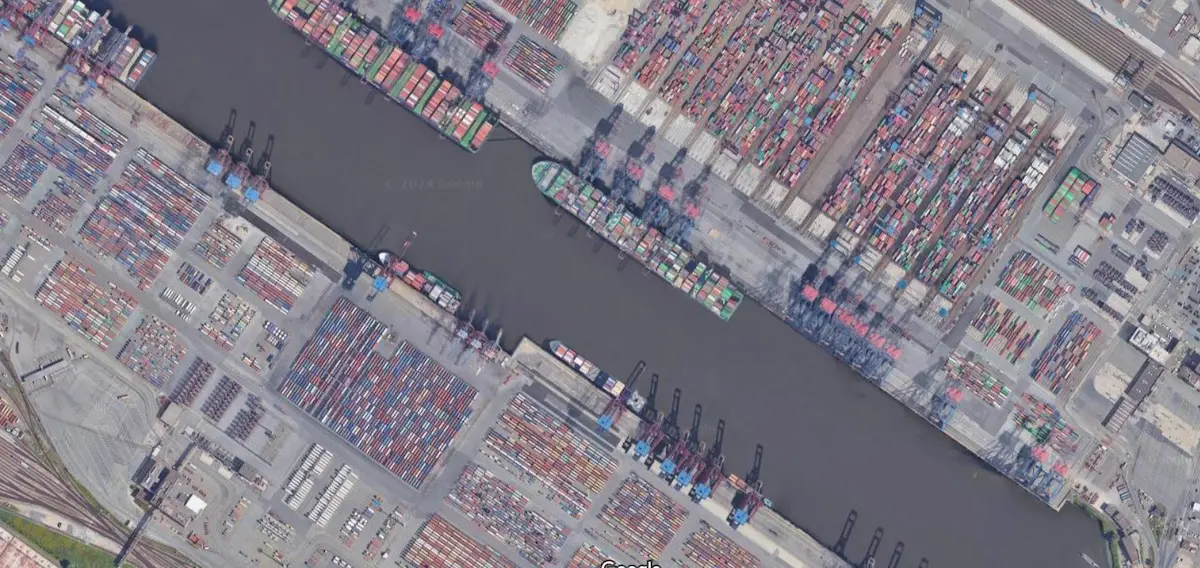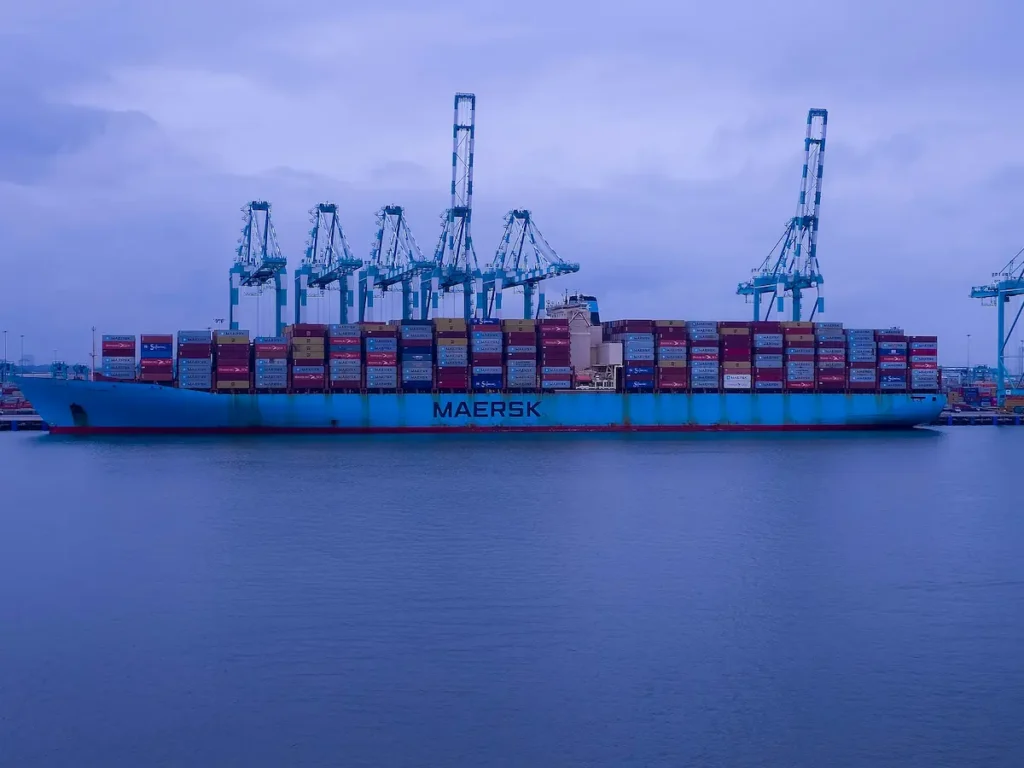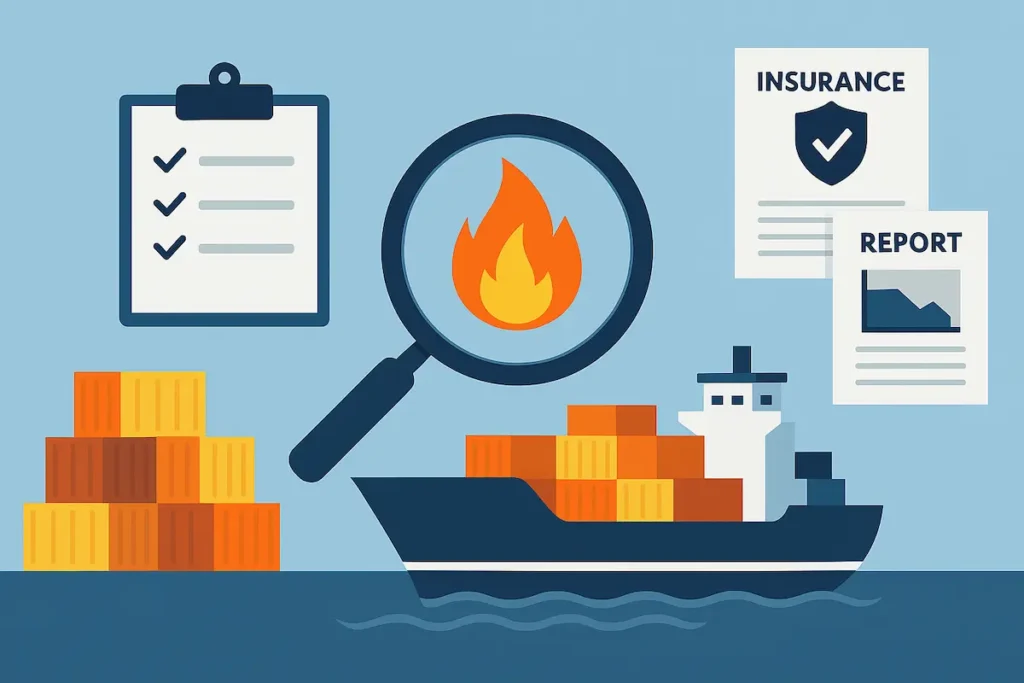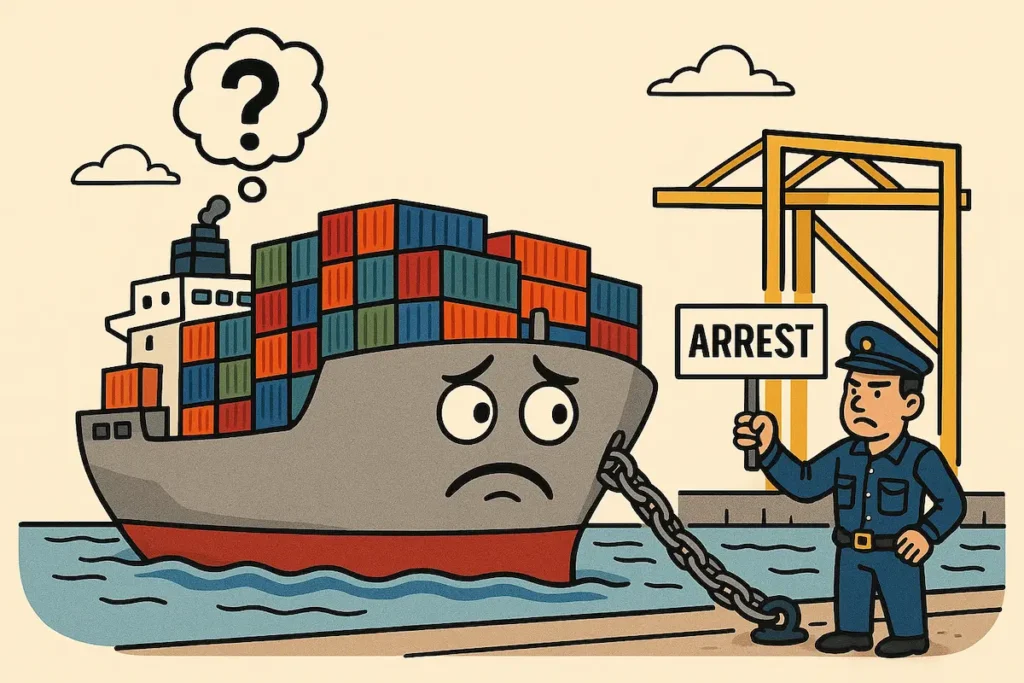In the olden days of shipping, the ship’s Captain used to sign and issue original bills of lading as “proof of receipt” of the goods on board the ship.. Bills of lading issued for cargoes loaded on general cargo ships or break bulk ships had a clause “Clean On Board“..
While there are several clauses on a bill of lading, the Clean on Board clause refers to a confirmation by the entity issuing the bill of lading that the cargo covered in the bill of lading has been received on board the ship in a “clean” and good condition indicating that there was no damage to the cargo such as breakages, shortages, or rust..
The condition of the cargo in the case of break bulk shipments is usually verified against a Mate’s Receipt (named after the Chief Mate or Chief Officer who is the key person in charge of cargo operations on board)..
The Mate’s Receipt is a document containing all information about the cargo like its description, number of bundles, weight, measurement, and other relevant details.. This note is handed over to the ship at the time of loading by the shipper or their agent..
If any damages or discrepancies are found while the physical cargo is being loaded on board, these damages will be noted on the Mate’s Receipt..
Only if the cargo was found to be in a “clean” and good condition, the bill of lading would be claused “Clean on Board”..
Letters of Credit and Clauses
This practice continued even after containerisation started in 1956 and in shipments where trade finance was involved, buyers and/or their banks issuing letters of credit began to specify this Clean on board clause on bills of lading..
As we know, a Letter of Credit or Documentary Credit is a promise by a bank on behalf of the buyer (applicant/importer) to pay the seller (beneficiary/exporter) a specified sum in the agreed currency, provided that the seller submits the required documents by a predetermined deadline..
There are several cases where the letter of credit calls for this particular clause to be included in the bill of lading even now such as below example..


In order to be compliant with the letter of credit, exporters have to ensure that this clause is reflected on the bill of lading.. The only way this can happen is if the carrier also agrees to incorporate this clause..
But in the case of container shipping, many container shipping lines have classified “Clean on Board” as an UNACCEPTABLE CLAUSE, and rightfully so because, in container shipments, carriers cannot physically verify the cargo as the container is received for transport closed and sealed.. The carrier therefore cannot certify that the cargo is clean, free of defects etc..
Although banks have been frequently criticised for insisting on the “Clean On Board” notation due to letter of credit requirements, many letter of credit applicants (typically the importer) include such clauses, mostly out of habit rather than genuine necessity, particularly in the context of containerised shipments..
Although Article 27 of UCP600 (Uniform Customs and Practice that govern the operation of letters of credit) states that a bank will only accept a clean transport document, this refers to a bill of lading that does not have a clause expressly declaring a defective condition of the goods or their packaging..
UCP600 – Article 27 explicitly states that the word “clean” need not appear on a transport document like a bill of lading, even if a letter of credit requires the transport document to be claused as “clean on board”..
Since they don’t know the condition of the cargo in a containerised shipment, the carrier will not accept liability for the condition of the cargo and therefore incorporates clauses “SHIPPERS LOAD STOW AND COUNT” (SLAC) and “SAID TO CONTAIN” (STC) on the bill of lading to protect themselves from any claims that the shipper might place on them at a later stage..
In addition to this clause, there is also some other commercial information such as the value of the goods, terms of sale, etc that a letter of credit might require to be shown on the bill of lading..
This is a constant tussle between the shippers and carriers as carriers may refuse to show commercial information on a bill of lading..













